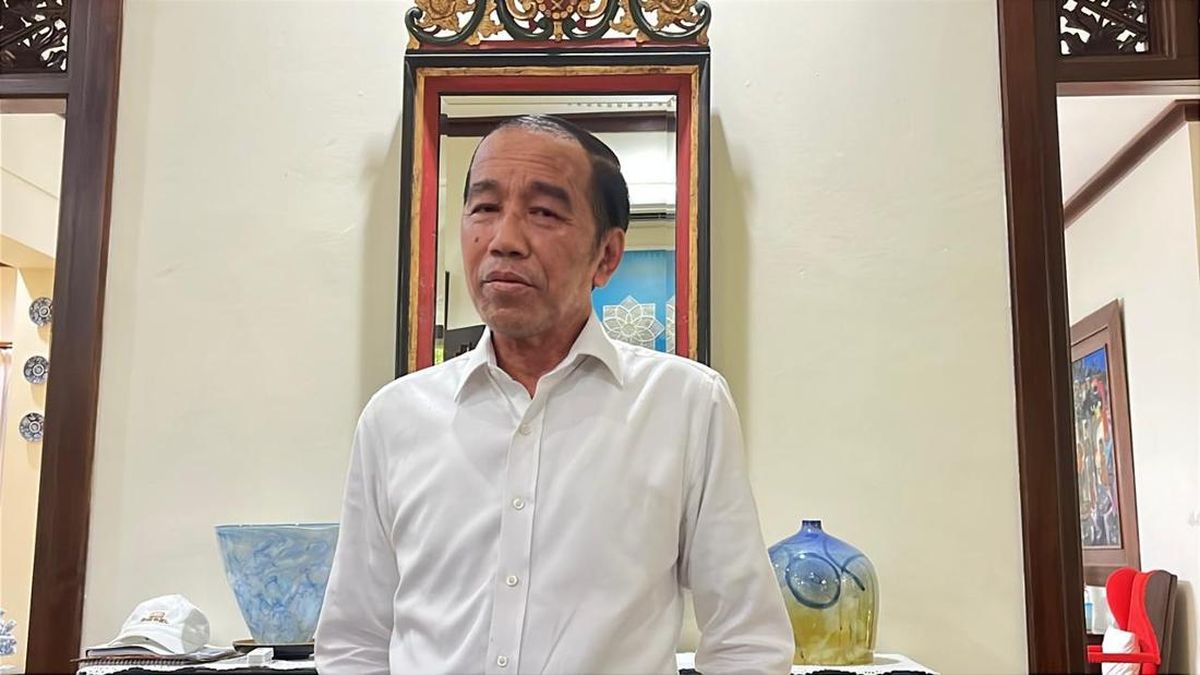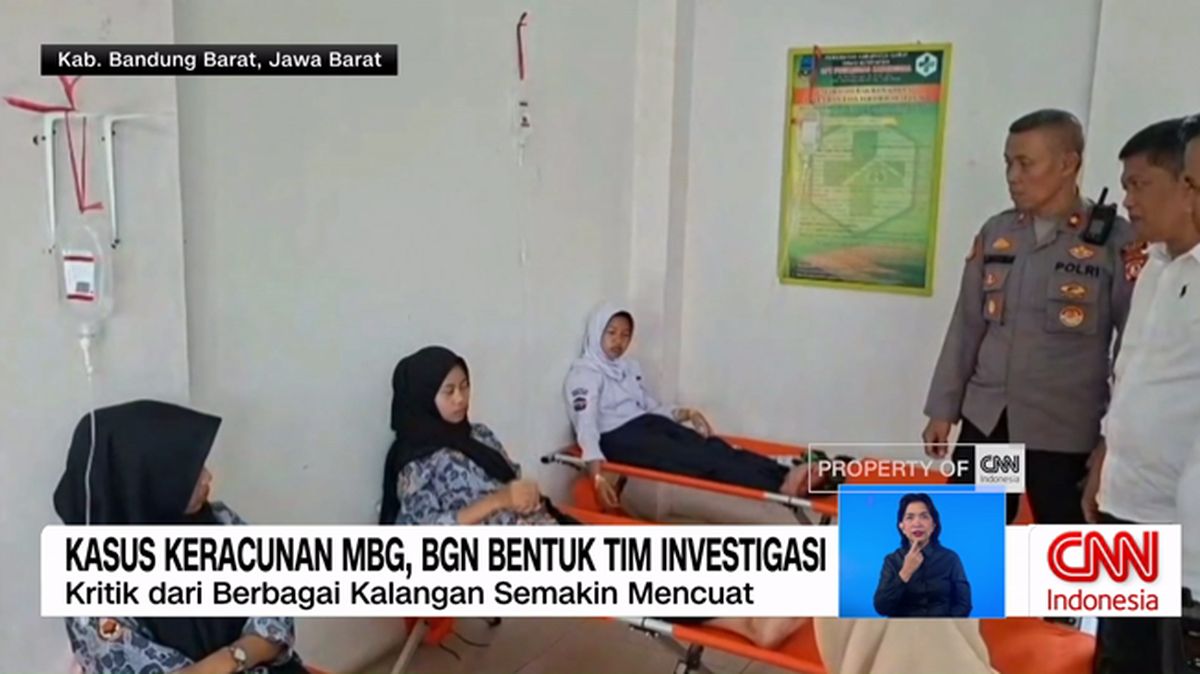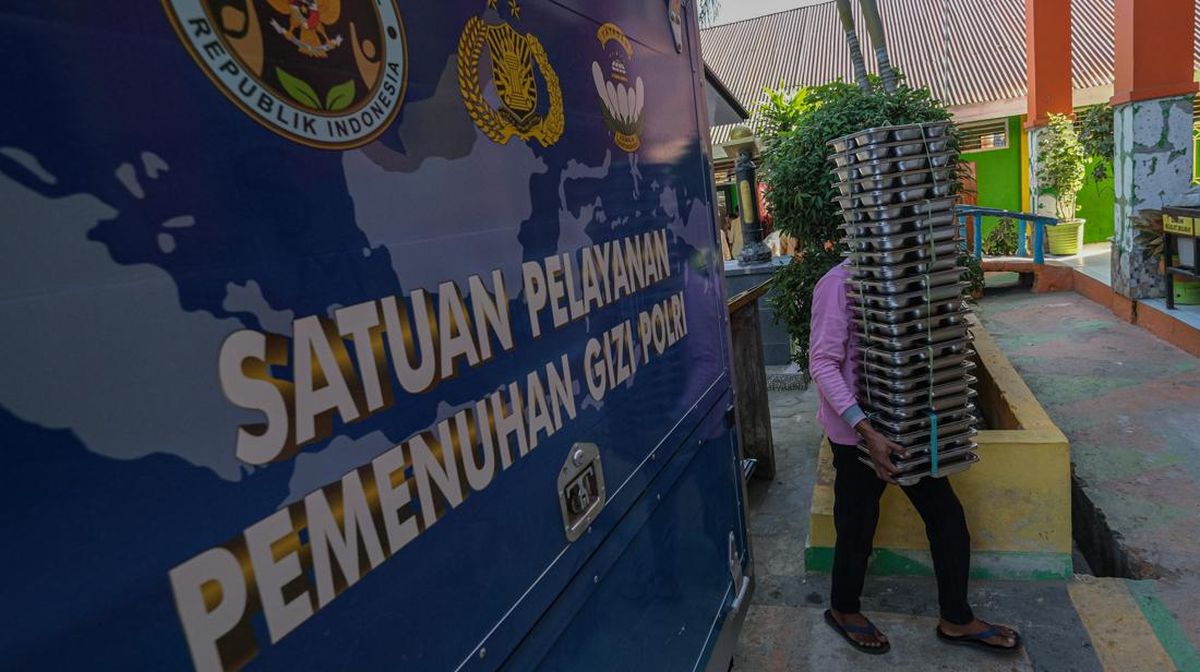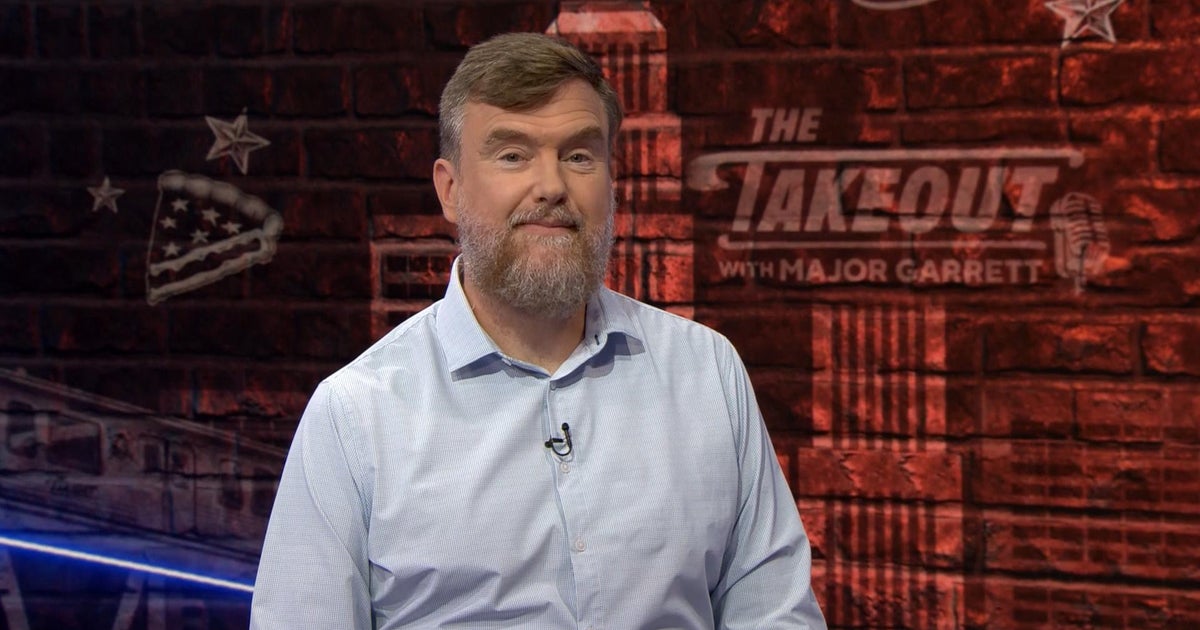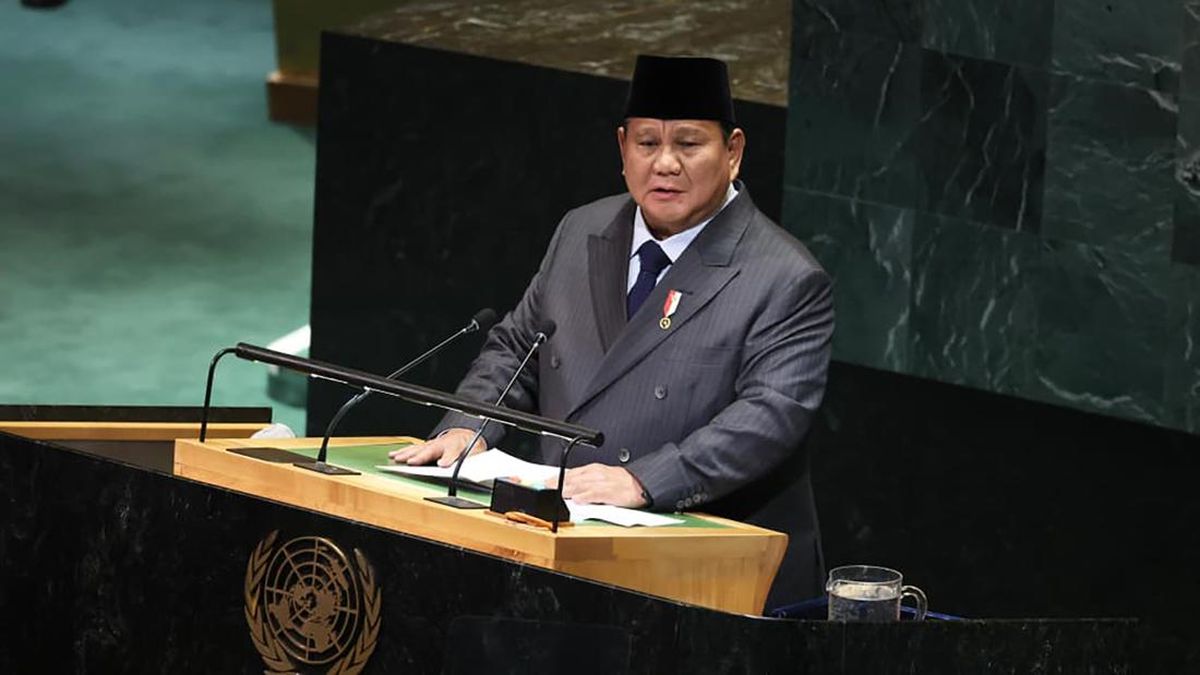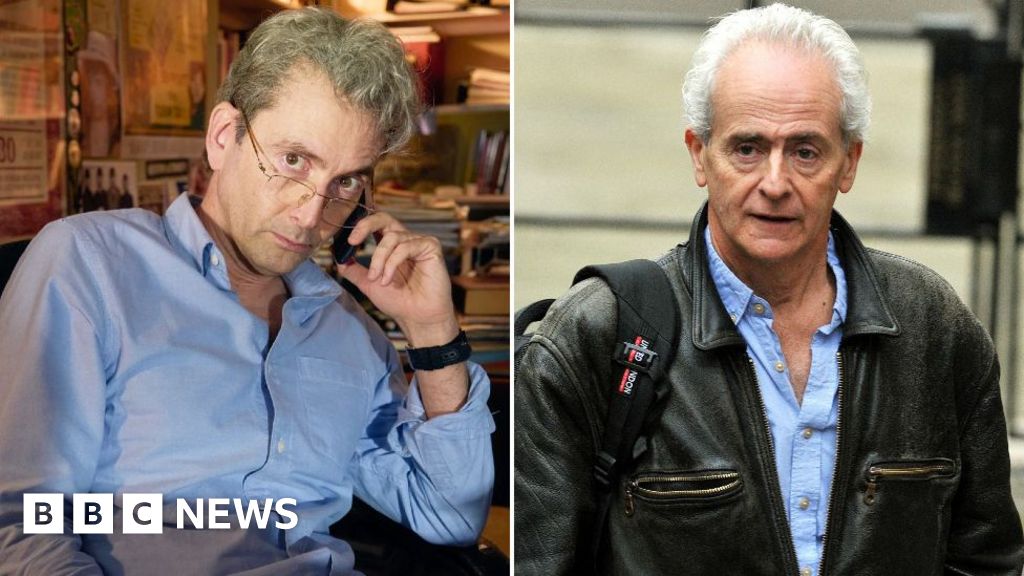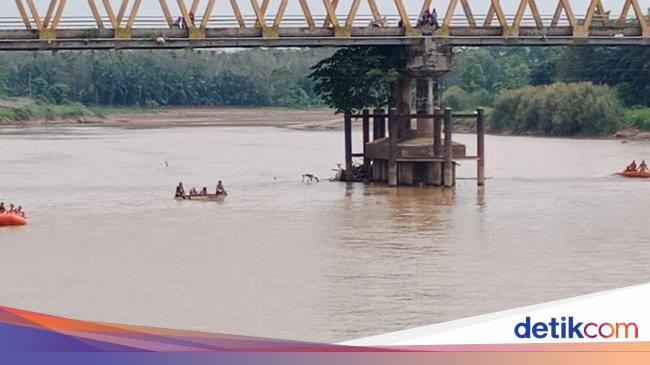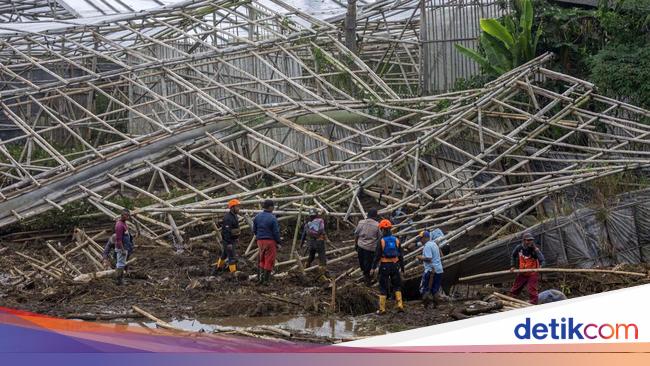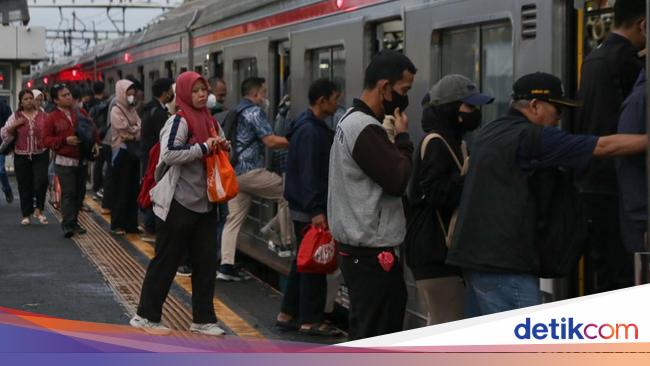This morning the NSW government released an independent review into an incident in May which threw Sydney’s rail network into chaos.
The results were scathing, finding failures both in the immediate response to the incident and in the days that followed.
Here’s what you need to know:
- On May 20, an overhead wire broke and fell onto a train in Homebush. The incident sent the network into meltdown for two days.
- The review found that the issue with the wiring was detected during a trial of technology in 2020, but wasn’t followed up. Visual inspections over the last four years, made by staff using binoculars, did not detect the issue.
- The review found multiple levels of failure in Sydney Trains’ response, including not communicating effectively with passengers and not getting passengers off the impacted train quickly enough.
- The report found failures in decision-making at the Rail Operations Centre, the nerve centre of Sydney’s rail network, which did not have a clear chain of command.
- Sydney Trains chief executive Matt Longland said staffing changes have already been made.
- The government will inject an extra $458 million into the network over four years for upgrading the network including rail track signals and overhead wiring.






